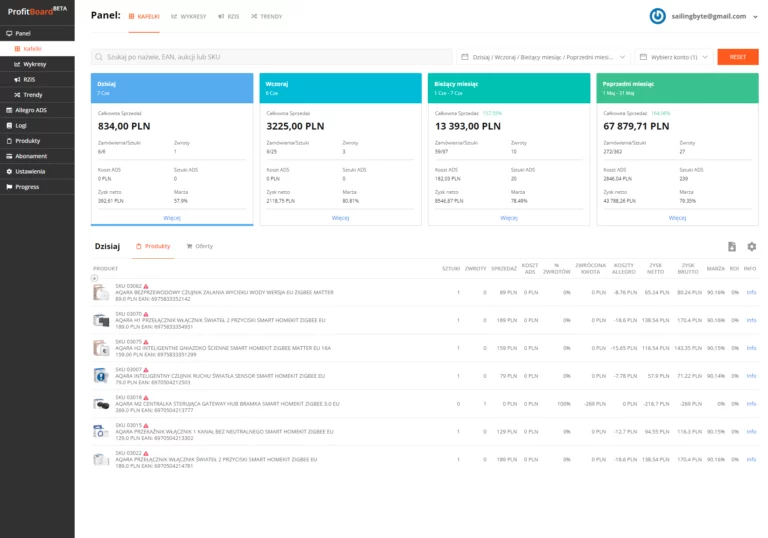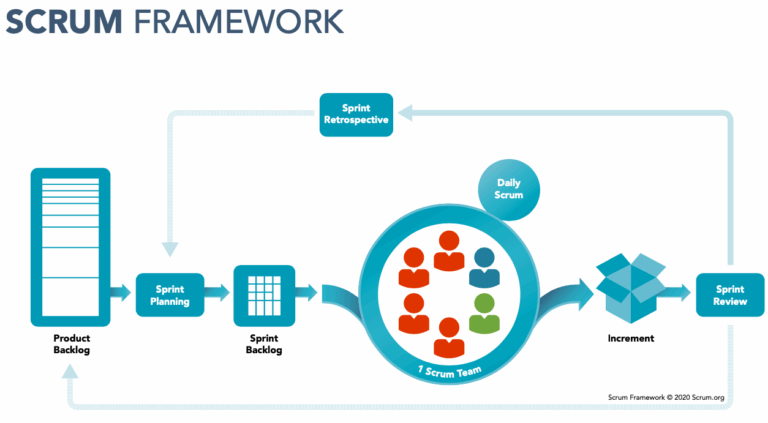Story about young entrepreneur who needed a website
Mark was a young entrepreneur. He just started his company and had a few clients. He hired one person for help. But this was not really enough – business has to grow. Mark knew, that the Internet is a powerful tool, that allows being visible all over the world. Also, all his competitors had some websites.
Mark decided to cut costs on the website; he picked up a domain, took the first widely known CMS, bought the $20 template he liked most and put there some standard information about his business – information about location, services, how and why the company started and a simple contact form. He put some pictures he found on the Internet and was happy about his work.
But after a few months number of clients did not increase and emails were not coming from the contact form. What’s worse, it decreased. Mark had fewer clients and could not find a reason why! Later on, Mark visited his website – it was all black with some green symbols – hacked by some activist group. After receiving a letter about image copyright infringement, Mark removed the website completely and abandoned this way of communication with the client.
Is it worth it to create a website yourself? Case study
It’s true – anybody can create a website. It’s also true, that everybody wants to use the Internet, as it is a really powerful medium for transmitting information. But improper usage can bring more damage, than profit. Some things should be left to people, who know how to do it. If you don’t know anything about cars, you don’t try to repair it, as you may break it. Why with websites would this be any different?
Here are some things, that Mark did not think of – but by listing them I am sure you will remember about them in the future:
- Mark took the first domain he could find. A domain is one of the most important things – it’s an ID in the IT world, something that connects computers and people. It’s extremely important, it should be easy and recognizable both by robots and by people. Mark didn’t know – or didn’t care
- Mark took the first CMS he could find and could use. Was free CMS a good option? Sometimes it is – but CMS must be taken care of.
- Mark did care about the look – he took a $20 template, not a free one… or did he not care? Did he know, that colors are important? What about responsiveness? What about other aspects? Mark took a template that HE liked – not the one that his client liked.
- Mark did not think about any SEO or providing his company data to Google – who knows how many other things Mark ignored? And this was part of the reason, why the number of the clients did not increase.
- Maybe some clients did actually view the website on their smartphone – but did Mark knew if his template was mobile-ready? Maybe not – and maybe that was the reason some clients did abandon him? “Poor website means poor service” – is a very common thought these days.
- It should be a trigger when Mark did notice, that he is not receiving emails via the contact form. Did he even check if it is working properly?
- Mark did not care about the website afterward. And he got hacked – because hackers found a way in for his CMS version, and despite that update was fixing this issue, it did not matter – Mark was not updating his CMS system.
Creating a professional website is a proccess.
This and many more mistakes we may or may not think about now led to Mark losing clients, making his “investment” a real disaster. All that could have been avoided, but would require a professional approach. Below is a simplified list of people, that should be involved in the process of creating a professional and well-designed website:
- First of all, the manager talks with the client. He tries to identify his needs and the needs of his clients. It is vital to know what is the client profile to match many elements to one consistent structure.
- At this stage it is also vital to know what is the budget for the website – it is possible to create a $50 website, and it’s also possible to create a $5M website. Without knowing the budget, there can’t be provided a proper solution – you might put all the money on the website but forget about SEO, or put all money in SEO but forget about the security. A budget allows us to find a balance between many elements the website should consist of.
- The next thing, which happens, is the manager meets with the team. At such meeting, the people responsible for security should be present, such as SEO and UI/UX. They discuss what are client goals and they are looking for proper balance in a given budget.
- The client receives the proposition. Proposition has all the elements, that can be contained within a given budget. A proposition can contain the wireframe of the website.
- Website is being created by web developers.
- Manual and automatic testing is performed. If the tests are passed, then the website is sent to the client for acceptance.
- The website is launched. It is now mobile-ready, secure, has a fast server, proper name and domain.
- SEO and marketing start. Since everything is ready and we know what is our target client, we can create proper ads, that match the best needs of the target client.
- The website is not left on the server – it lives. Changes are being made. People are visiting the website. There is an A/B testing performer. UX flow is analyzed and elements are adjusted. CMS is constantly updated – thus secured.
As you can see, a good website requires a lot of work. Those are not all the elements and not all things that happen “in the background” – but the flow above was to show you, how many people of different disciplines should be hired to create the best results. We have here not only web developers, we have testers, UI/UX designer, SEO specialist, team manager… And, what’s maybe most important, the website is taken care of constantly – not given away and forgotten.
Of course, if you already have a website, there’s no reason not to “jump” into the flow. You do not need to start from scratch. Changes can be done month-to-month, gradually increasing website quality and it’s position. The best option in such case is a monthly hours packet, that allows both: your constant control of the amount of money you spend and constant care of your website.
How much should a professional website cost?
So what’s an answer to the question asked in the title? It depends. But yes, I know, that you would like to hear a number, and I will give it to you; just be aware, that this are just simple examples, with texts, standard modules and licensed images:
- Good one-page website created from a template would be around $500
- One page website created with a graphic designer and fancy animations would be $500-$1500
- Simple website with few subpages and one non-standard module would be around $1500
- Coding specific modules for the website would start at $200 with really no upper limit
- Website portals with custom functionality would be starting from $3000, but also with no upper limit
But that’s just for creating. And for maintenance, well – it depends on the scope.
- Simple security maintenance would be around $50-$100 monthly
- SLA agreements would depend on the scope of needed service: starting from $100 and without an upper limit
- Positioning, articles, wording, etc. would start from $100 monthly, but with no upper limit – depending on desired SEO amount, competition on the keywords and many more aspects.As you can see it’s not an easy task to guess cost of website – all depends on your needs. But remember, that you can always contact us to see what we can do for you.
As you can see it’s not an easy task to guess the cost of a website – it all depends on your needs. But remember, that you can always contact us to see what we can do for you.




